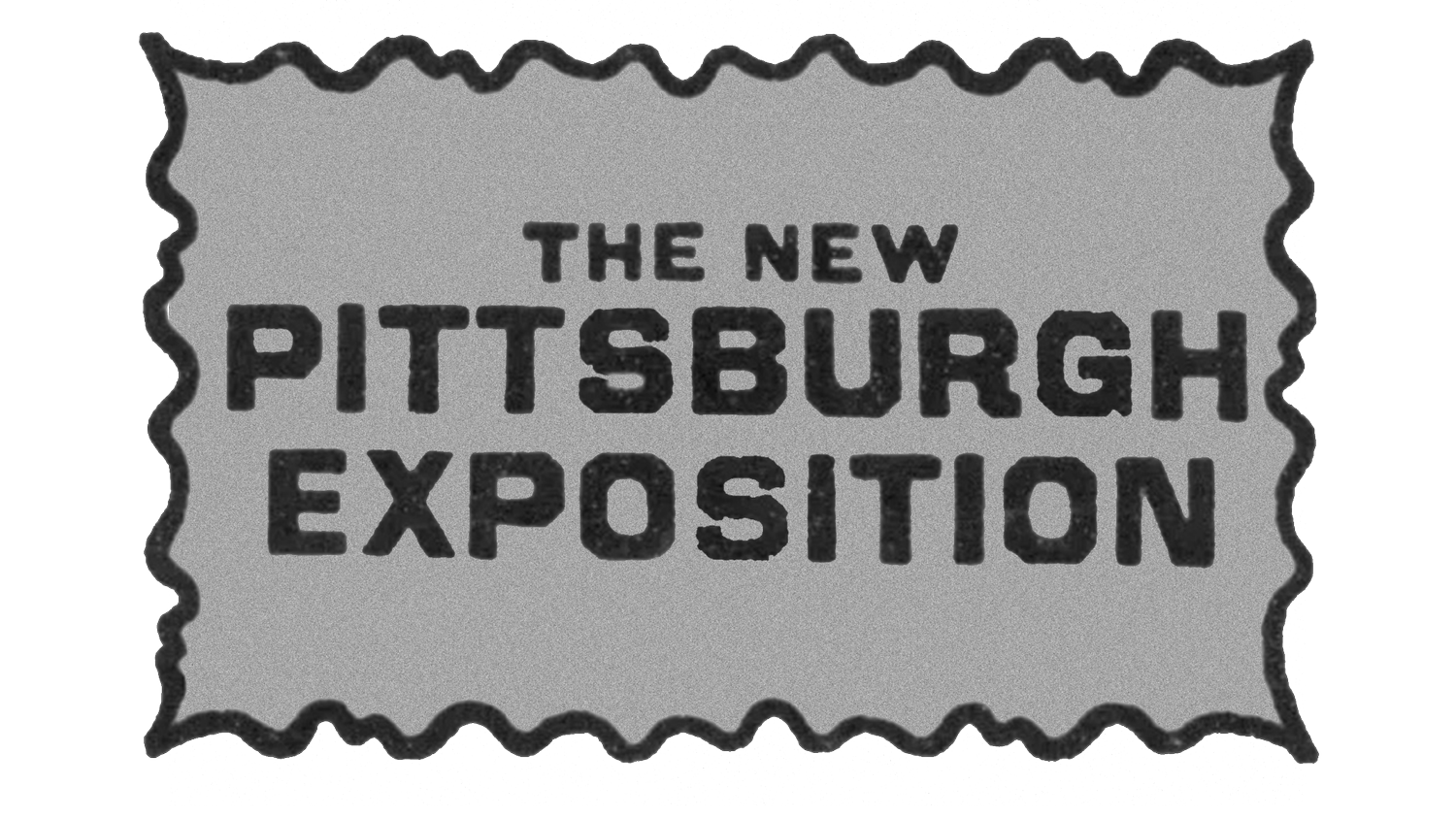From the Mills to the Met: New History Center Exhibition Explores
The Heinz History Center explores the gripping story of a Pittsburgh immigrant who became one of the world’s most revered self-taught artists as part of the new exhibition, Pittsburgh’s John Kane: The Life & Art of an American Workman, which opens this Saturday, May 21. Image: “Crossing the Junction” by John Kane. Oil on canvas, c. 1934. © Estate of John Kane, Courtesy Galerie St. Etienne, New York.
The Senator John Heinz History Center – the Smithsonian’s home in Pittsburgh – explores the gripping story of a Pittsburgh immigrant who endured poverty, tragedy, and other adversities to become one of the world’s most revered self-taught artists inside its new exhibition, Pittsburgh’s John Kane: The Life & Art of an American Workman, which opens this Saturday, May 21.
Grounded in new scholarship from Louise Lippincott and Maxwell King, authors of the new book “American Workman: The Life and Art of John Kane,” the History Center exhibition features 37 original works of art and rare artifacts that showcase the world of John Kane – a turn-of-the-century Scottish immigrant who achieved breakthrough success late in life as a painter after toiling for more than 40 years as a laborer in industrial-age Pittsburgh.
Pittsburgh’s John Kane features paintings and drawings from America’s most prestigious art museums and collectors, including The Metropolitan Museum of Art, the Smithsonian’s Hirshhorn Museum and Sculpture Garden, Carnegie Museum of Art, American Folk Art Museum, Detroit Institute of Arts, the Phillips Collection, and others.
“John Kane’s extraordinary paintings have hung in art galleries around the world, but this is the first exhibition to comprehensively examine his remarkable life,” said Andy Masich, president and CEO of the Heinz History Center. “Kane’s come-from-behind story embodies the work ethic and can-do spirit that built Pittsburgh. It’s the kind of story that Pittsburghers love.”
After immigrating to the steel mill town of Braddock, Pa., in 1880, John Kane spent most of his life as thousands of workmen did, grinding away at low paying jobs – mostly as a commercial painter of rail cars, houses, and buildings – to make ends meet.
A hard-working, hard-fighting laborer, Kane was forced to reinvent himself as an artist after losing a leg in a railyard accident. With no formal training, Kane used his spare time to paint scenes of Pittsburgh. Where others saw tortured industrial landscapes, his artistic eye saw the beauty and strength of his city and its people.
Pittsburgh’s John Kane uncovers how Kane’s meteoric rise at age 67 signaled a generational change in American art, culture, and society.
Exhibit Must-Sees
An immersive walk-through installation of Kane’s “Crossing the Junction” painting will allow visitors to travel through a Pittsburgh landscape as Kane did and explore his artistic process.
A recreated boxcar, like the railroad cars Kane worked on as the lead painter for the Pressed Steel Car Company, will give visitors a sense of his start as a self-taught artist.
Kane’s tin whistle and flute that he carried everywhere. He began playing music as a child, and the Scottish tunes became the soundtrack of his life.
A watercolor wheel from the American Folk Art Museum that acted as Kane’s personal palette will give insight into the intersection of his work and art. Kane took immense pride in his ability to mix and create colors using paint.
Never-before-seen photographs and archival pieces, including six gelatin silver prints taken by John Kane and images from the collections of the Detre Library & Archives at the History Center, Carnegie Library of Pittsburgh, Carnegie Museum of Art Archives, and University of Pittsburgh Archives.
A dozen pieces of art by Kane’s contemporaries.
The Pittsburgh’s John Kane exhibition will be on view through Jan. 8, 2023, made possible thanks to support from The Heinz Endowments, Hillman Family Foundation, Richard King Mellon Foundation andAllegheny Regional Asset District.
June 15: An Evening with Maxwell King and Louise Lippincott
As part of a special public program at the History Center, authors Maxwell King and Louise Lippincott will reveal their inspiration behind writing “American Workman: The Life and Art of John Kane,” recently published by the University of Pittsburgh Press, on Wednesday, June 15, from 6:30–8 p.m.
The authors will share stories from the book and discuss how their researched helped inspire the History Center’s new exhibit, which attendees can visit before the event.
A book signing will follow the discussion. Admission is free for History Center members and $10 for the public.
For more information and to purchase tickets, visit here.

